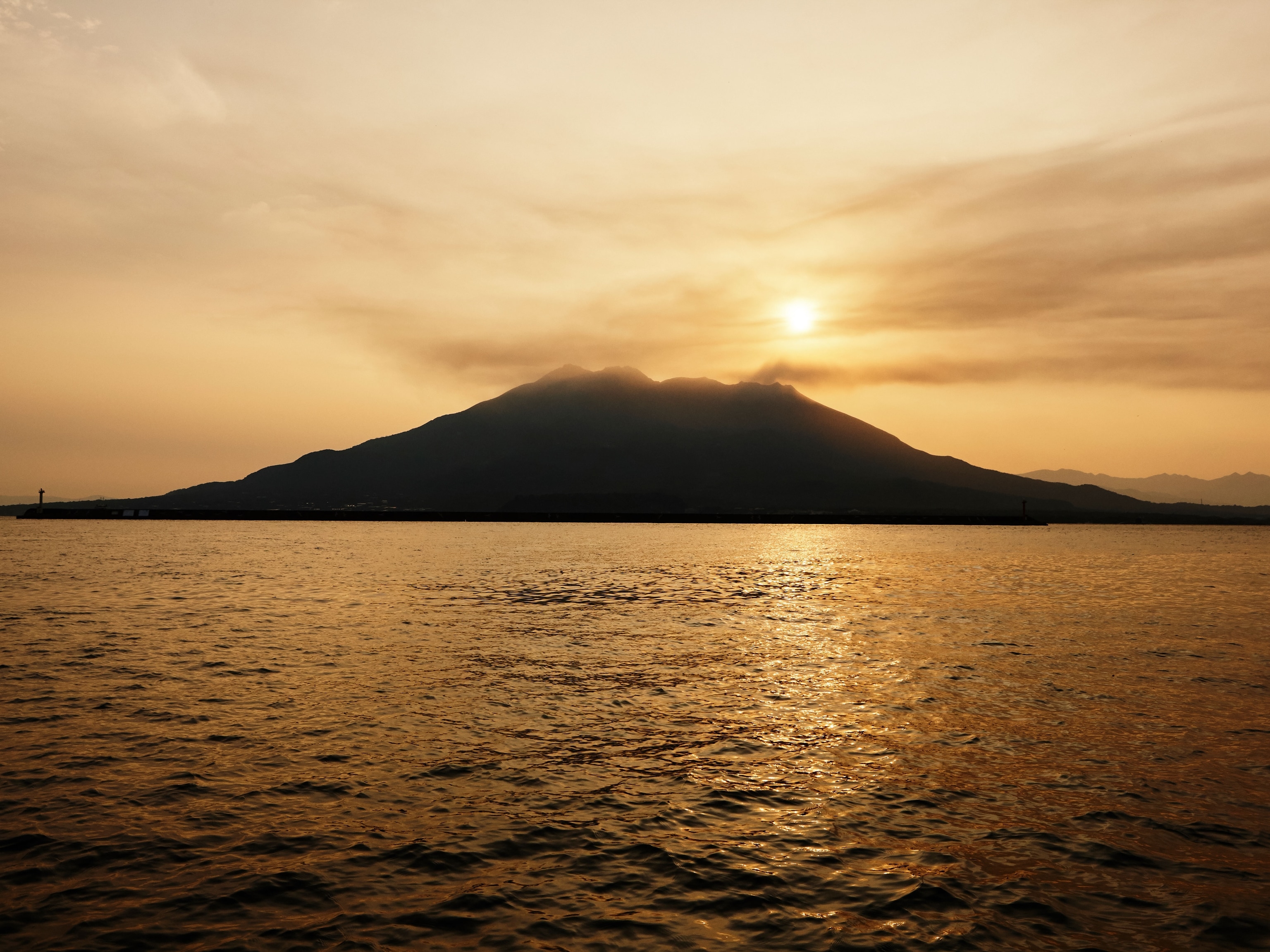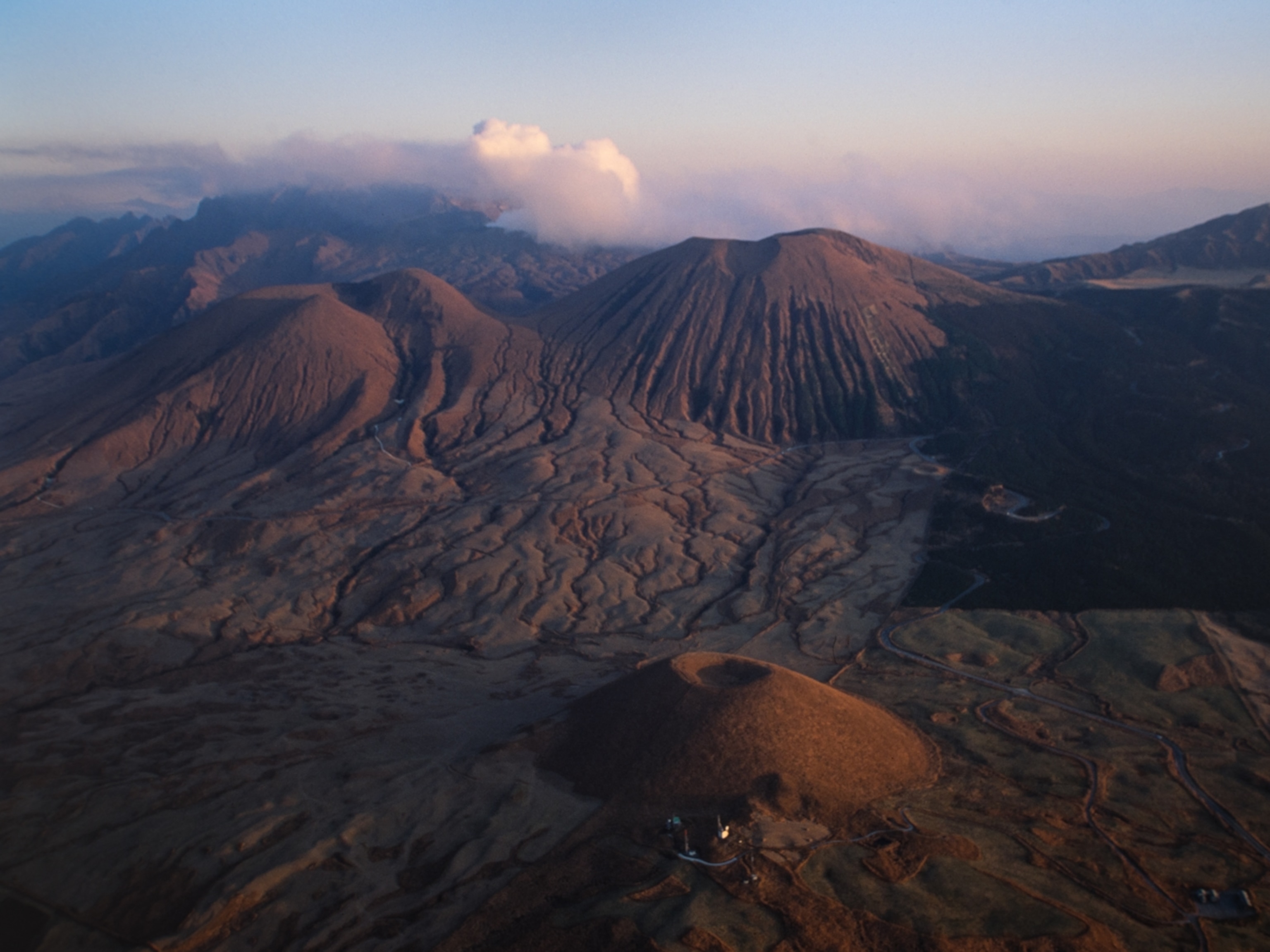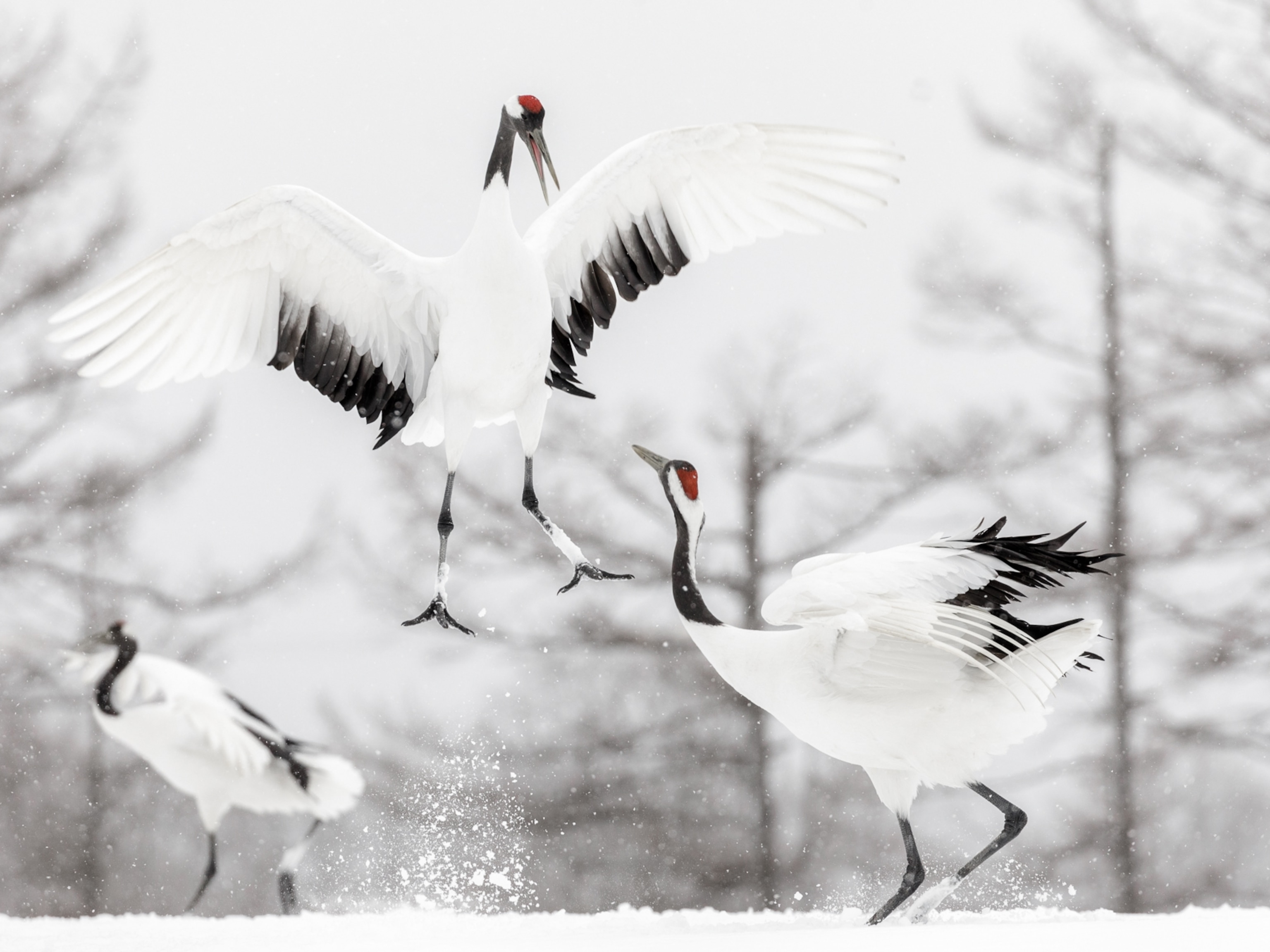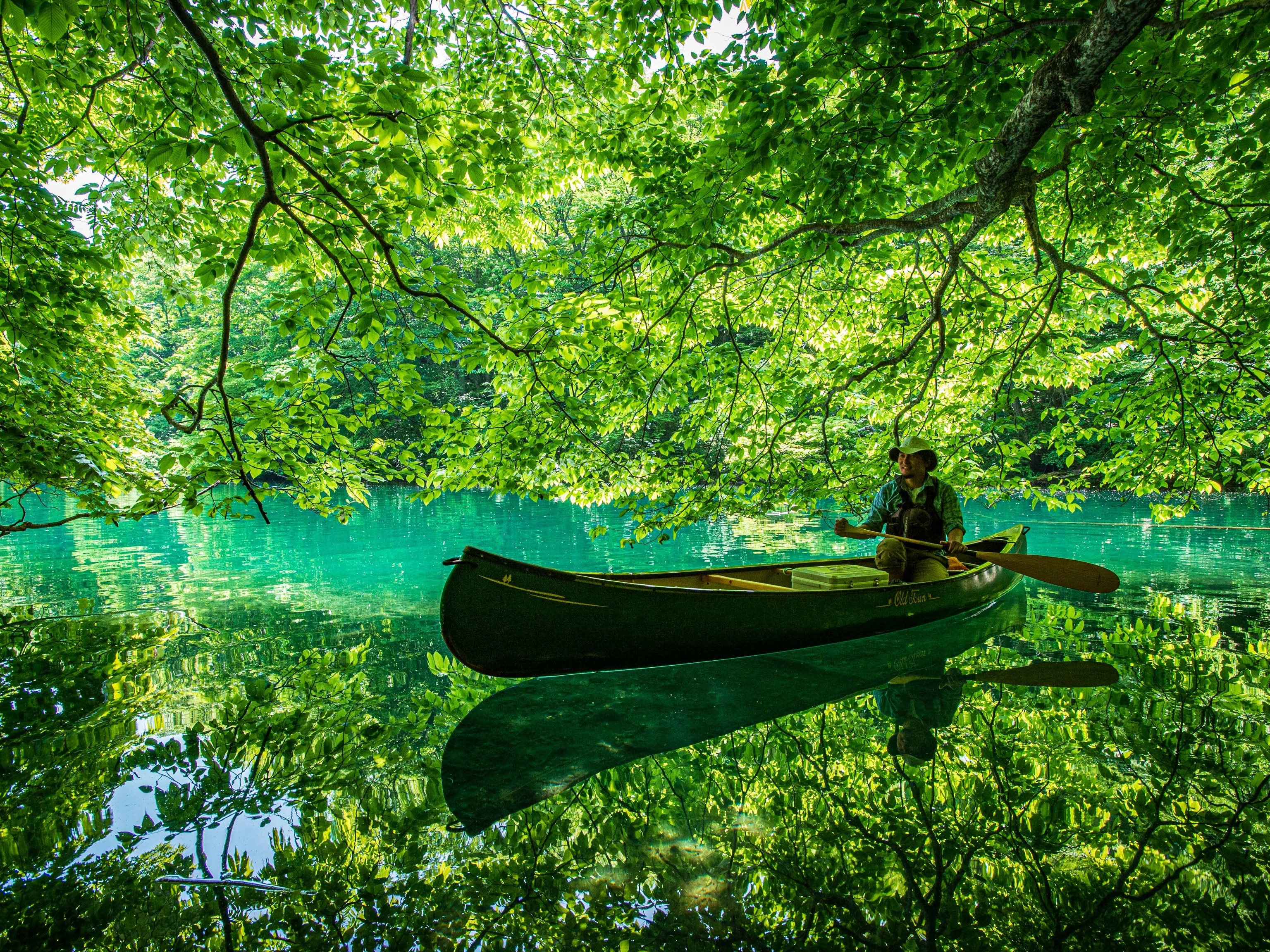
One way to appreciate the national parks of Japan is to look at them through the philosophy of godai, or the “five elements”. A study of the nature of things, godai is represented by, and named after, the classical elements of Earth, Water, Fire, Wind, and Void – all of which are on display in Japan’s national parks.
Earth: the foundation of Japan’s national parks system
The Earth element of godai most directly refers to stone, rock and other solid components of earth, but in a philosophical sense it also calls to mind a stable foundation. In the context of Japan’s national parks, nothing is as foundational as the concept of coexistence; of seeking to preserve for future generations not just the nature and wildlife in designated areas, but also the lifestyles and culture of the local peoples living in the land.
Unzen-Amakusa National Park is a case in point. Part of the founding batch of national parks established in Japan in 1934 (then called Unzen), it is split into two contrasting areas where nature and people coexist. Visitors to the park will find the Amakusa archipelago and its 120 or so small islands, as well as the mountainous Shimabara Peninsula’s Mount Unzen, a collective of active volcanoes and fertile highlands featuring stunning flora.

In what is perhaps a powerful reminder of Earth’s might, a newborn volcano ripped into Unzen’s landscape in 1991. The 4,865-feet Heisei Shinzan is a striking study of geological forces at work, yet people still go about everyday life in its shadow. Elsewhere in the Unzen area, visitors find the geothermal wonders of the Unzen Jigoku hot-spring fields, where plumes of sulfuric steam and bubbling acid vents create an otherworldly scene. Locals have long used the region’s natural hot-springs for everyday activities such as bathing and cooking.
Water: the fluidity to protect Japan’s natural environment
The Water element of godai can appear in many guises, from rivers and lakes to the qualities of fluidity and adaptability. These latter qualities characterize the ongoing development of Japan’s national park system, which since 1934 has expanded to a network of 34 parks nationwide.
Both the physical and metaphysical expressions of Water can be observed in Japan’s newest national park, Amamigunto, which was established in 2017 to cover a collection of islands and surrounding sea in the southernmost part of Kagoshima Prefecture.


Across its varied islands, Amamigunto National Park offers a glimpse of the environmental diversity protected in the national parks, with subtropical, evergreen broad-leaved forests, tidal flats, photogenic ria coastline, and vibrant coral reef.
Amamigunto also highlights how people are an important part of Japan’s national park system. The rangers at the Amami Wildlife Center help ensure a flow of knowledge to visitors. They also oversee a range of programs and educational activities, along with local volunteers, to protect rare, endemic species such as the Amami woodcock, Amami rabbit, and Amami thrush.
Wind: the freedom for wildlife to thrive
Like all godai’s elements, Wind manifests itself in numerous ways. It represents things that grow, expand or have freedom of movement, whether that’s air or even the expansion of the human mind.
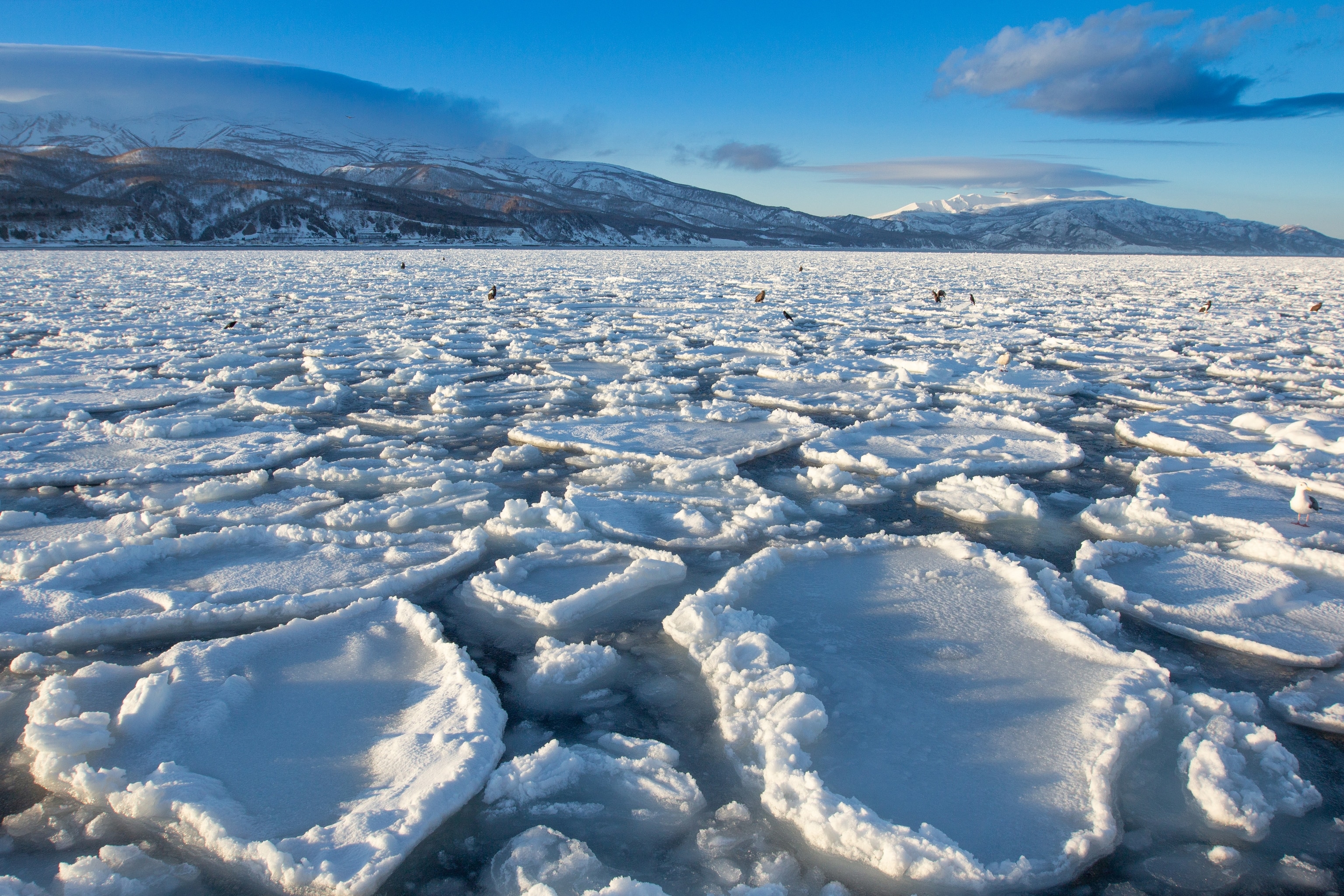
It can also be seen in the way Japan’s national parks provide diverse environments for wildlife to thrive freely, protecting habitats that are crucial to protected and endangered species.
One example of that is Shiretoko National Park in the windswept far northeast of Hokkaido. Shiretoko’s wild expanses are home to hundreds of species of wildlife, ranging from brown bears and Steller’s sea lions to orcas, not forgetting birdlife that take flight on the wind, such as Red-crowned cranes, snowy owls and Blakiston’s fish owls.
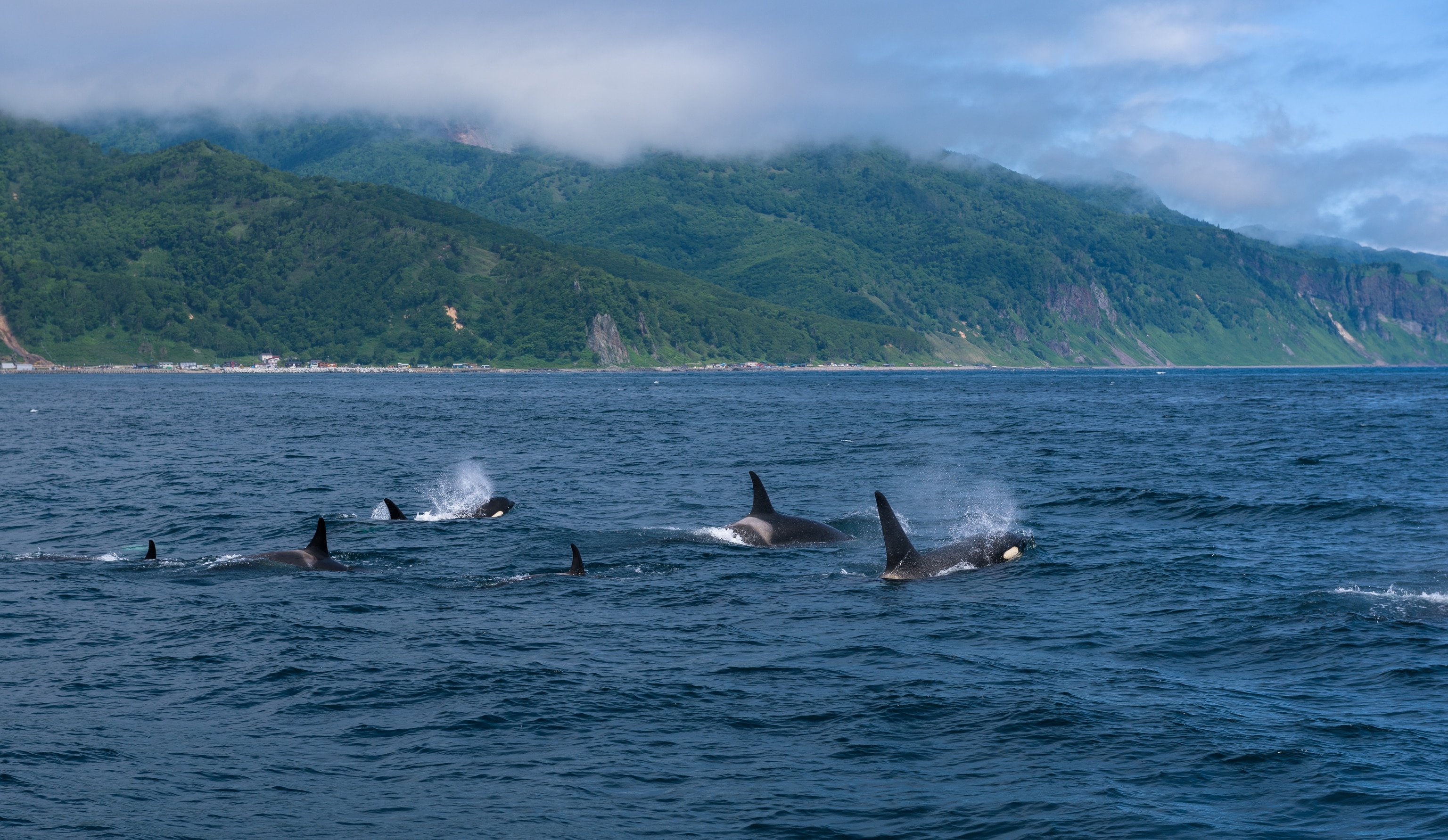

Shiretoko’s Goko Lakes highlight how the national parks offer accessibility to such habitat without intrusion. They employ a two-pronged “use control” system to make sure humans don’t disturb the park’s community of several hundred brown bears. With it, visitors can either explore the Shiretoko Goko with expert local guides on ground-level pathways or use elevated, barrier-free boardwalks that blend into the natural surrounds.
Fire: life and culture in the parks
Fire, the most dynamic of godai’s five elements, represents life itself, but also desire, passion and energy: all qualities that flicker in the resilience of the culture and communities nurtured across Japan's national parks.
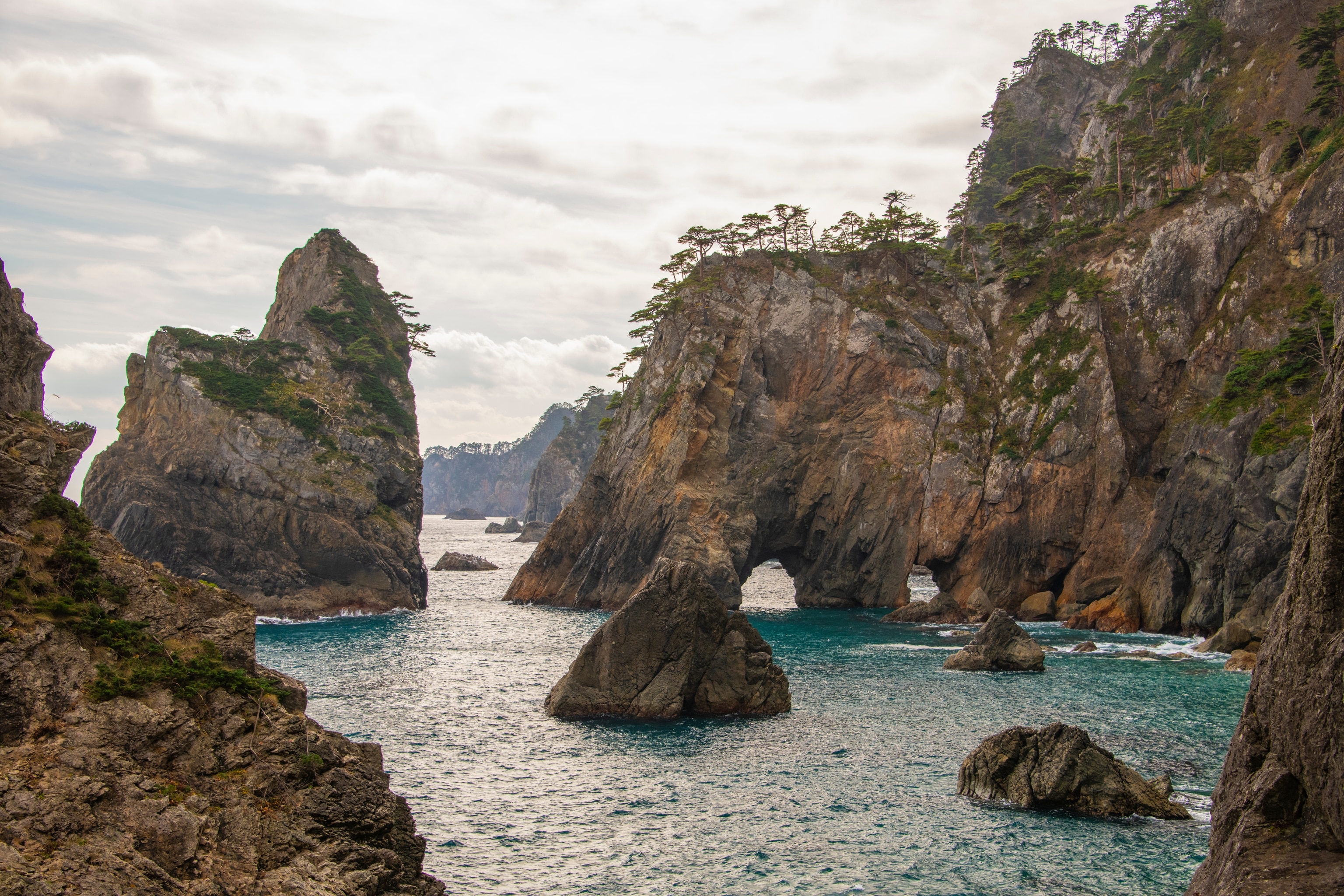
That resilience and energy is on full display in Sanriku Fukko National Park, created in 2013 to help with the reconstruction of the Sanriku region after the devastation of the Great East Japan Earthquake and subsequent tsunami of 2011. Prior to the disaster, culture and ways of life had developed in harmony with nature along the coast. The region's energy has since been channeled into rebuilding, to ensure these ways can be passed on and thrive in the future.


One example is the creation of the Michinoku Coastal Trail. Stretching just over 620 miles along the Pacific coast, from Hachinohe in Aomori Prefecture to Soma in Fukushima Prefecture, it seeks to preserve local ecosystems while also supporting regional recovery. Walking the trail that passes through fishing ports, beaches and rugged clifftops within Sanriku Fukko is an opportunity to experience nature and local culture, but also the passion in locals that drives regional recovery.
Void: building mindful relationships with the natural world
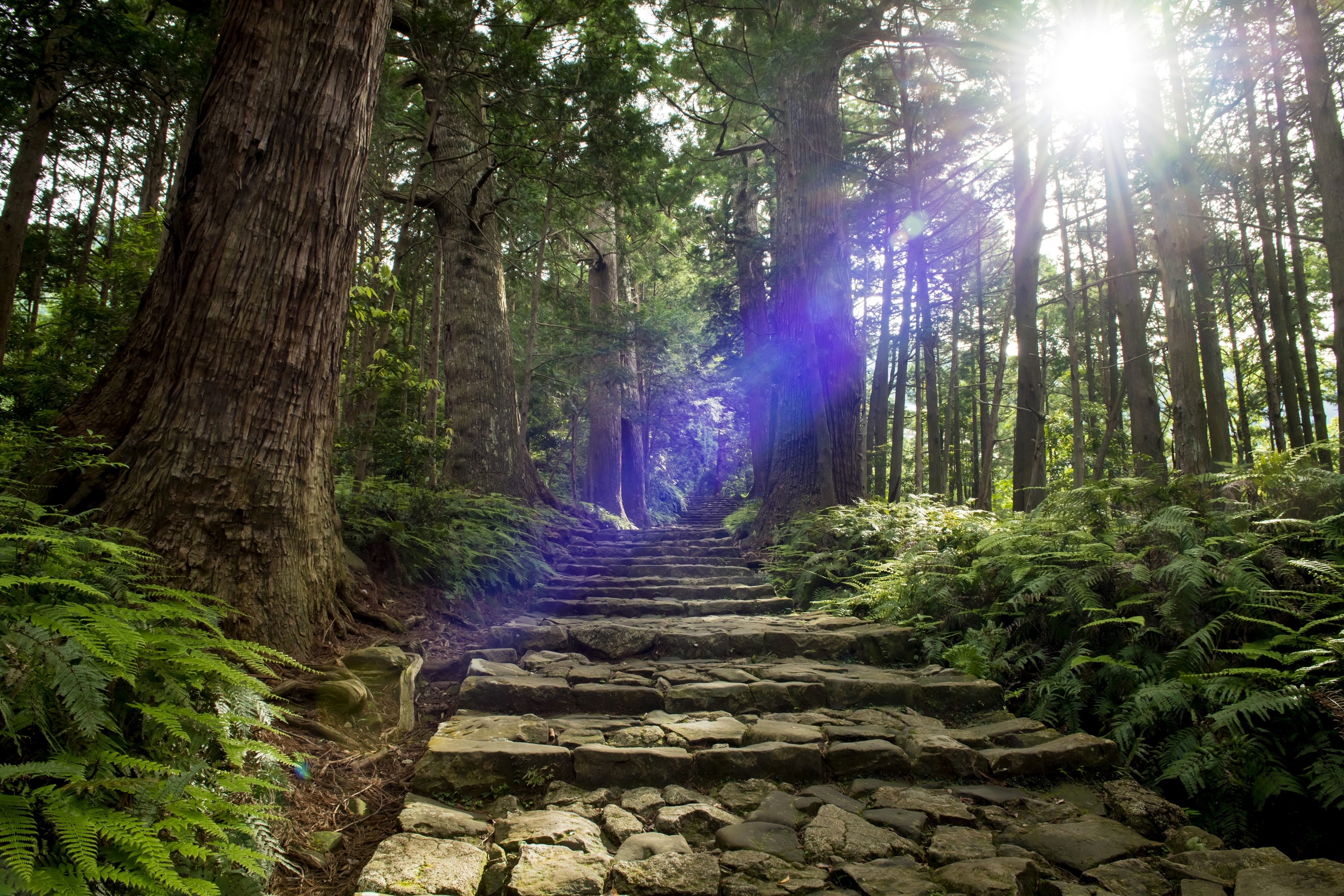
The most abstract of the five godai elements, Void can represent heaven or sky, as well as creative energy, spirit, and things beyond everyday comprehension. In the national parks, we can see it in the meditative quality of being at one with nature.
That’s not a new thing. For more than 1,000 years, Yamabushi ascetics have been communing with nature in the openness of the wilds, through activities like meditating under waterfalls and walking in areas such as the Dewa Sanzan mountains in Bandai-Asahi National Park and on the ancient pilgrimage trails of the Kumano Kodo in Yoshino-Kumano National Park.
Japan’s national parks are designed to allow anyone to connect with or enjoy a moment of mindfulness in nature. From mountain ranges to ancient forests, pristine beaches to smouldering caldera, there are many ways to experience the Earth, Water, Wind, Fire and Void of Japan's national parks.
